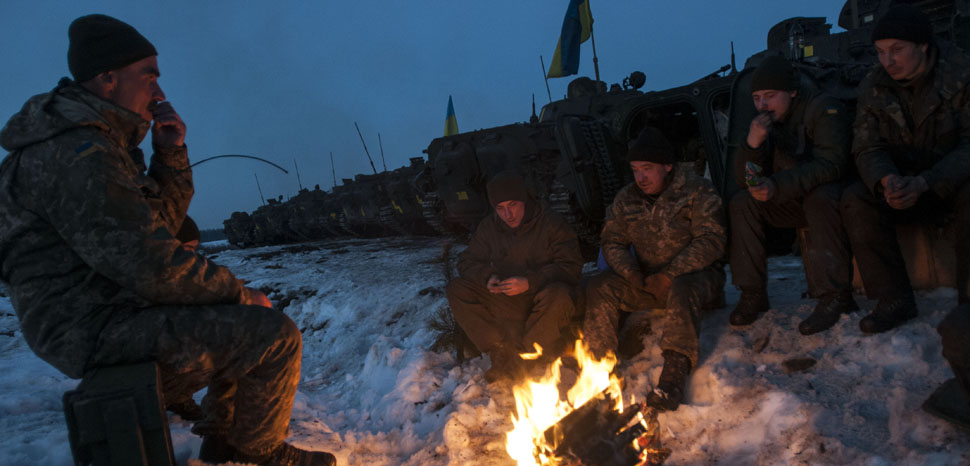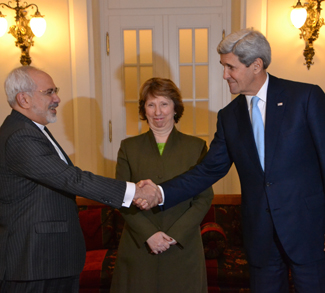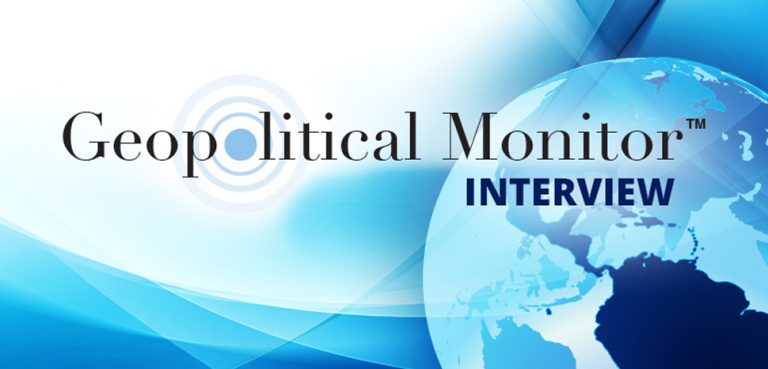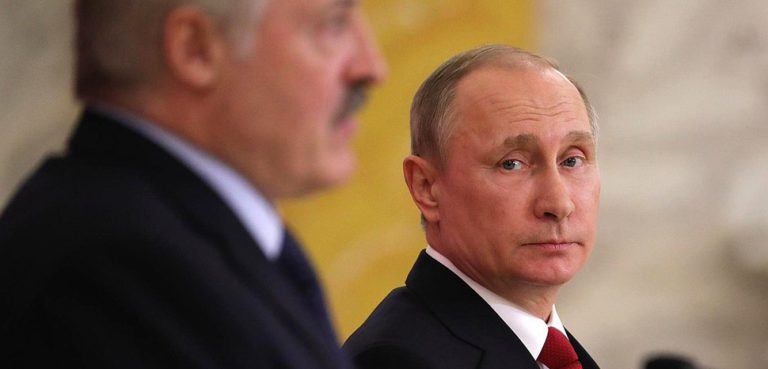On November 25, two small Ukrainian artillery ships and a tugboat were prevented by Russian vessels from crossing the narrow Kerch Strait and reaching the Ukrainian port of Mariupol on the Sea of Azov, which both countries share. Ukraine accuses Russia of open aggression and released what it calls intercepted communications from the Russian ships’ captains and military aircraft in the area that appear to support its case. In his most fiery rhetoric of the crisis, the Ukrainian president Poroshenko accused Putin of wanting to annex Ukraine, telling the German newspaper Bild on last Thursday: “Don’t believe Putin’s lies. Putin wants the old Russian empire back.”
Moscow says the Ukrainian ships ignored the normal procedure for crossing the Kerch Strait and so were treated as hostile craft. The Kremlin claims Ukrainian president Petro Poroshenko planned the “provocation” to boost his ratings before elections next March, but it has not adequately explained why Russian forces needed to chase, disable, and impound the ships as they sailed away from the Kerch Strait.
NATO Secretary General Jens Stoltenberg, following a meeting of the NATO-Ukraine Commission on November 26, said: “What we saw yesterday was very serious, because we saw actually that Russia used military force against Ukraine, in an open and direct way. We saw that they fired at Ukrainian ships; that they actually seized and captured ships and personnel, and we have seen reports that several of the personnel that were seized or captured, are wounded. So, this is escalating the situation in the region and it confirms a pattern of behavior that we have seen over several years, where Russia illegally annexed Crimea, continued to destabilize Eastern Ukraine, and now also uses a military force in a very direct way, in the Sea of Azov or the Kerch Strait. So of course, this is serious.”
But a fair answer to the question regarding the Russia-Ukraine conflagration rests with NATO’s eastward expansion trajectory, a US policy move that is not welcomed by the Russian policymakers since they apprehend that behind the expansion trajectory, NATO reserves much potential to bracket the Russian periphery that ultimately underpins the Russian security architecture. It is on the record that many officials in former Democratic US president Bill Clinton’s administration were not in favor of NATO’s eastward expansion and rightly now the present Republican president Donald Trump also holds his reservations over NATO’s expansion trajectory toward the east.
Ukraine has shifted its view of NATO and its security policy. Eastern European countries which wanted to join NATO regarded Partnership for Peace (PfP) as the first step to NATO membership. The Ukraine issue has the potential of causing a neo-Cold War between the West and Russia. Though Ukraine did not oppose NATO’s expansion, it claimed this process must be evolutionary, and it was necessary to harmonize with neighboring countries such as Russia. From Kiev’s viewpoint, Ukraine would develop her security through the PfP framework.
At this point, Ukraine advocated building pan-European security institutions, especially the OSCE, the main pillar of the new European security architecture. This was similar to the Russian vision. Ukraine saw that NATO would be a promotive but secondary factor for this institution.
However, soon Ukraine realized that NATO would expand in the near future. Ukraine changed its view of NATO from an expediency orientation to an exigency perspective. Russian politicians have on several occasions called into question Ukraine’s sovereignty over Sevastopol. Furthermore, some Russian government officials implied using economic pressure to boost its integration policy within the CIS.
Given the changing geopolitical circumstances, Ukraine reoriented NATO as the center of its security policy. Ukraine noticed that NATO was changing from a defense organization to a political-military institute, as well as the guardian of democracy and human rights. Nevertheless, Ukraine still pursued its intention of playing an intermediary role in European security issues. In the Kosovo crisis, Ukraine again showed its intention to mediate between NATO and Serbia, but this initiative found little support from both sides, and as a result ended in failure.
Under the current international environment, there is little room for Ukraine to implement its bridge-diplomacy. Ukraine demanded more security assurances from NATO, but its proposals were rejected. Every Ukrainian leader would have to consider this very situation. Ukraine’s economic slump continues and Russia does not provide energy at a cheap price anymore. On the other hand, keeping a distance from NATO and pursuing a neutral policy has little prospects over the short and medium term. If the above-mentioned international conditions continue, then there is no alternative for Ukraine but to maintain the current policy: an IMF-oriented, pro-NATO but neutral status.
Put comparatively, for the last four years Ukraine seems to have jettisoned the old pragmatism that, if it shares a border with a powerful Russian state, it must behave with extreme caution. Yet not surprisingly, Kiev’s anti-communists are leaning toward NATO – with US encouragement – at a time when Georgia is also flirting and the Baltic states have had already joined the club. And moreover, President Poroshenko’s reactive policy posture seems to be causing some discomfort for Moscow. President Poroshenko has called on NATO to deploy naval ships to the Sea of Azov to provide security amid a deepening crisis with Russia. But this Ukrainian call for help seems to have only divided NATO’s European partners.
The problem facing Western countries is two-fold: Moscow prioritizes its objectives in Ukraine over relations with the West, and it retains vast capacity to inflict damage on Ukraine by stoking conflict and strangling its economy. The Kremlin has become used to Western sanctions and other instruments of pressure, concluding that it can live with them despite their inconvenience. The Western response to Russian aggression against Ukraine since 2014 has been to pursue a policy with three elements: political and practical support to Ukraine to resist Russian pressure, sanctions targeted at Russian individuals and sectors of the Russian economy, and the re-building of NATO’s badly neglected collective defence capabilities. As for the European perspective, the Kremlin’s vision of European security is based on a right to control its neighbours and veto NATO decision-making. Russia’s actions against Ukrainian naval forces last week were designed to underline its influence over Ukraine.
Though the Trump administration has expediently provided Ukraine with anti-tank missiles, a move beyond the “non-lethal” goods that the former US president Barack Obama was willing to supply, analysts feel that the current US delay in reacting to the latest crisis is telling. But still there is growing worry that if the current situation is not rightly controlled via proactive peace diplomacy, any new instance of military confrontation between Kiev and Moscow could expands the jaws of conflict toward a costly or consequential war scenario.
The opinions, beliefs, and viewpoints expressed by the authors are theirs alone and don’t reflect the official position of Geopoliticalmonitor.com or any other institution.




